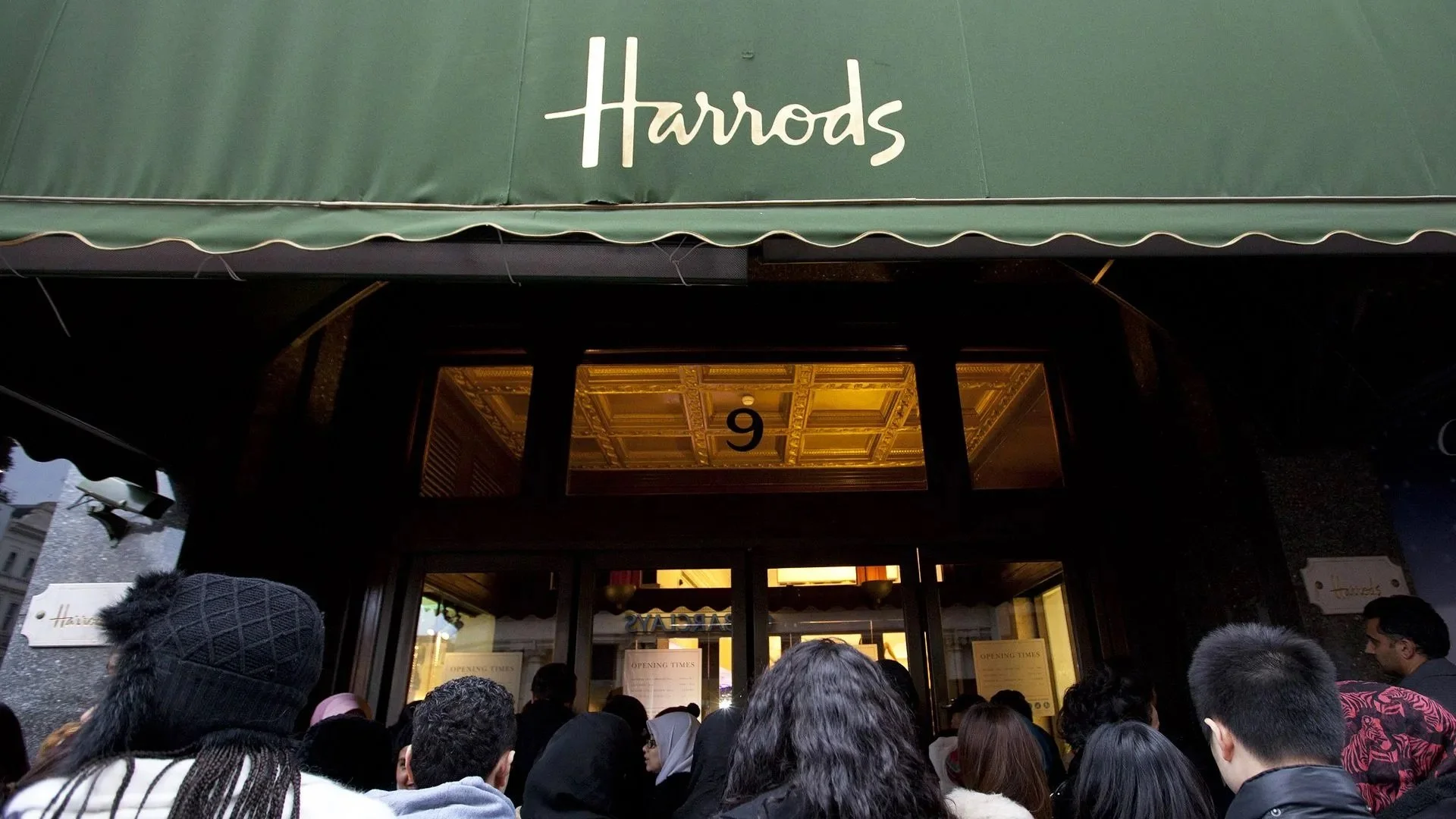Overcoming Challenges: The UK Fashion Industry in a Post-Brexit World
For decades, the United Kingdom has been a massive part of the fashion world, home of London, one of, if not the world's largest, fashion hub. The city is home to many household designers and brands – Burberry, Alexander McQueen, Stella McCartney, and Vivienne Westwood, also housing Central Saint Martins and the London College of Fashion, which famously produce new industry talent yearly. Numbers-wise, the industry contributes over 50 billion British pounds to the economy – the equivalent of 1 of every 34 British pounds of the UK’s total gross value. The sector supports 1.3 million jobs, which equates to 1 in every 25 jobs in the UK and raises more than £23bn in tax revenues or £1 in every £30 of HMRC’s tax receipts. Over the last three years, the United Kingdom's heavy reliance on the fashion industry to maintain a stable economy has been proven faulty to the foundations of the industry and, subsequently, the economy after Brexit was officially imposed on January 31st, 2020.
© Fashion Roundtable
The imposition of Brexit has significantly heightened the costs of manufacturing and producing fashionable goods in the UK, raising questions about profitability. Shipment costs have skyrocketed, with delays forcing businesses like Pincroft Dyeing and Printing to switch from sea to more expensive air freight to maintain supply chains. Import and export duty tariffs have also surged, tripling costs for companies like The Production Lab, which now faces an import cost increase from £0.50 to £1.50 per garment from Portugal. These tariffs have deterred European retailers from ordering UK products, shrinking profits for businesses like Bav Tailor. The Coronavirus outbreak and war in Ukraine skyrocketed energy costs, exponentiating such increases from that of Brexit—a 450% rise experienced by a West Yorkshire dye house resulted in surcharges that strain customer contracts. Additionally, raw material costs have soared, with smaller companies struggling to meet increased minimum order quantities, forcing higher prices onto consumers. These challenges have placed a heavy financial burden on the UK FTT (United Kingdom Fashion, Textiles, and Technology Ecosystem), actively diminishing the competitiveness of UK products in the EU market and further damaging the UK’s industry presence.
© Eco Age
Another problem with the UK FTT crisis is how brands respond. The most predictable, also the most common, response is to use less sustainable practices – cutting costs by outsourcing production and labor to cheaper markets, importing materials from significantly more affordable markets, or moving bases to a separate part of the EU. Brands attempting to cut costs to reverse thinning margins have consequently thrown other European nations under the bus. Romania, a manufacturing hub used by UK labels for production, has seen a drastic increase in demand due to the diminishing GBP. With the pound decreasing, labels are increasing their production quotas while paying manufacturers less to protect consumers from rising garment prices. This immense pressure has forced Romanian factories to do almost the impossible, struggling to meet higher production demands with reduced compensation. As a result, working conditions have worsened, with factory employees forced to work overtime for as little as 250 euros a month—50 to 100 euros less than their wages from the previous year. If this trend continues, it will only be a matter of time before more brands switch to even cheaper Asian markets, further destabilizing the European manufacturing industry and exacerbating the exploitation of workers. Unlike outsourcing to Asia, the United Kingdom is seeing a loss in London-based labels, with brands Martine Rose, Dunhill, and David Koma opting to showcase their new lines in Milan instead of the Big Smoke. Rose, quoted, “very disheartened and sad about the landscape of London fashion, really demoralized,” with half of her team having relocated to Milan in the last few years. Relocating cuts costs but maintains the same quality, whereas high fashion brands, built on the foundations of quality and consistency, can shift headquarters for tax benefits while maintaining manufacturing integrity. While outsourcing and relocation benefit the individual brand, they do nothing to stop Britain’s fashion-financial crisis. Begging the question, is there any light at the end of the tunnel?
© WWD
The industry's recovery is multifaceted and will take years, but in some ways, it’s already in a partial state of self-repair. The energy crisis stemming from the Russo-Ukraine War has proven beneficial in forcing some businesses to cut costs on energy instead of production, inadvertently promoting sustainability. Pincroft Dyeing spoke about how the crisis has made the brand rethink its energy consumption to mitigate the financial bleeding. However, these changes will only fix rates marginally; fundamental changes will be seen by adopting technology and establishing governmental regulations. In the new UK FTT fashion world, there is no return to the old; it’s about pivoting under the stress of the post-Brexit United Kingdom. Establishing tax cuts favoring in-house production will rectify the losses since the turn of 2020. Lowering corporate tax and value-added tax (VAT) can make the UK look more attractive as a home base of operations and provide rate relief for fashion products or raw materials used in manufacturing. These reductions, coupled with enhanced Research and Development (R&D) tax credits and National Insurance Contributions (NIC) relief, can create more room for brands to invest in sustainability and technology and make hiring employees less damaging to a company's net income.
© Eco Age
Since 2020, the UK FTT has seen few positives; however, the industry holds the potential for recovery and reinvention. Through collaboration between government, businesses, and educational institutions, the industry can rebuild its foundations and regain its place on the global stage. Hopefully, returning to a state that can nurture the same level of talent that came before, becoming an incubator for the world's next Alexander McQueen, Stella McCartney, and Vivienne Westwood.




